
Pulses are a nutritional powerhouse, making them an excellent protein source for both kids and adults, especially vegetarians.
If you are a parent of a kid who follows a vegetarian diet, you know that meeting daily protein intake levels might be difficult. However by choosing the right high protein pulses and pairing them up, you can create a complete protein meal for your child. In this blog, we’ll explore high protein pulses in India, their health advantages and how to consume them to receive all their benefits.
Table of content:
Pulses are a part of the legume family. The main difference is that legumes are fresh, while pulses are dried. For instance, peas are legumes and dried peas are pulses. They are naturally high in plant based protein. Many people say, depending on plant based protein will not help kids receive all essential amino acids. This might be true but different pulses can be paired together to create complete protein meals.
Moreover, pulses are widely available, affordable, and a staple in the Indian diet. These factors make it easy for parents to add them to their kid’s diet without much hassle. Let’s look at the list of high protein pulses in India to incorporate in our daily diet.
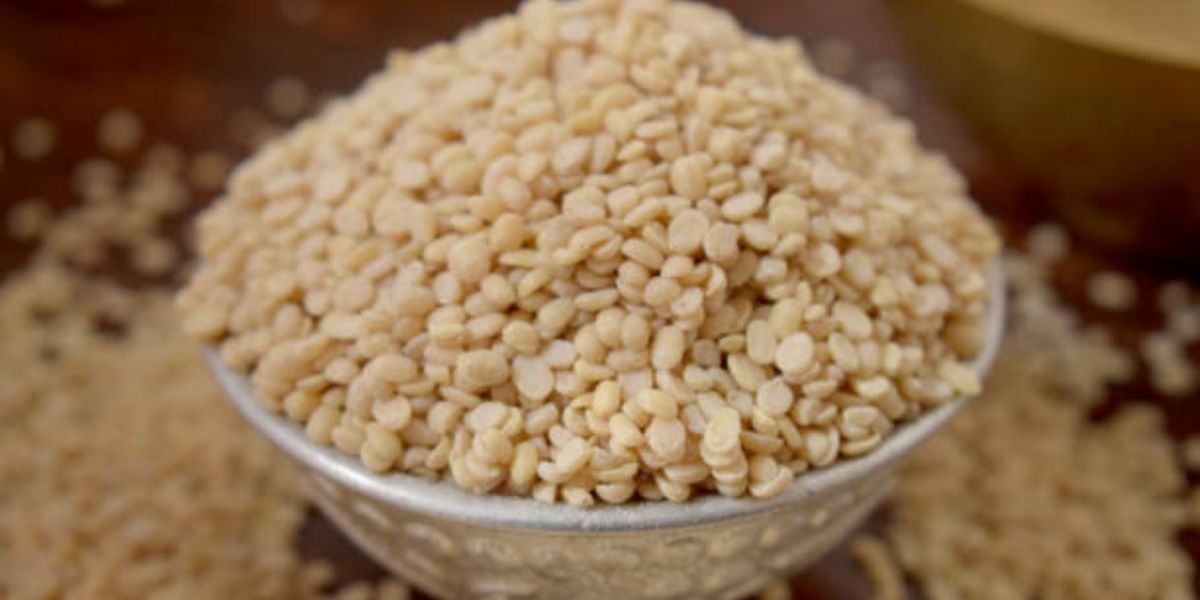
Also known as black gram, urad dal contains 24g of protein per 100g. Along with protein, this dal is rich in vitamin B, B5, D, fibre, potassium, phosphorus, magnesium, copper, selenium and manganese, which are essential for a child’s growth.

The infamous yellow dal, a staple in Indian households, toor dal or arhar dal contain 8 grams of protein per 100g. It is excellent for digestion and building immunity for kids.

Packed with nutrients, chana dal contains 20 grams of protein per 100 grams. It is also high in dietary fibre and minerals like copper and manganese.
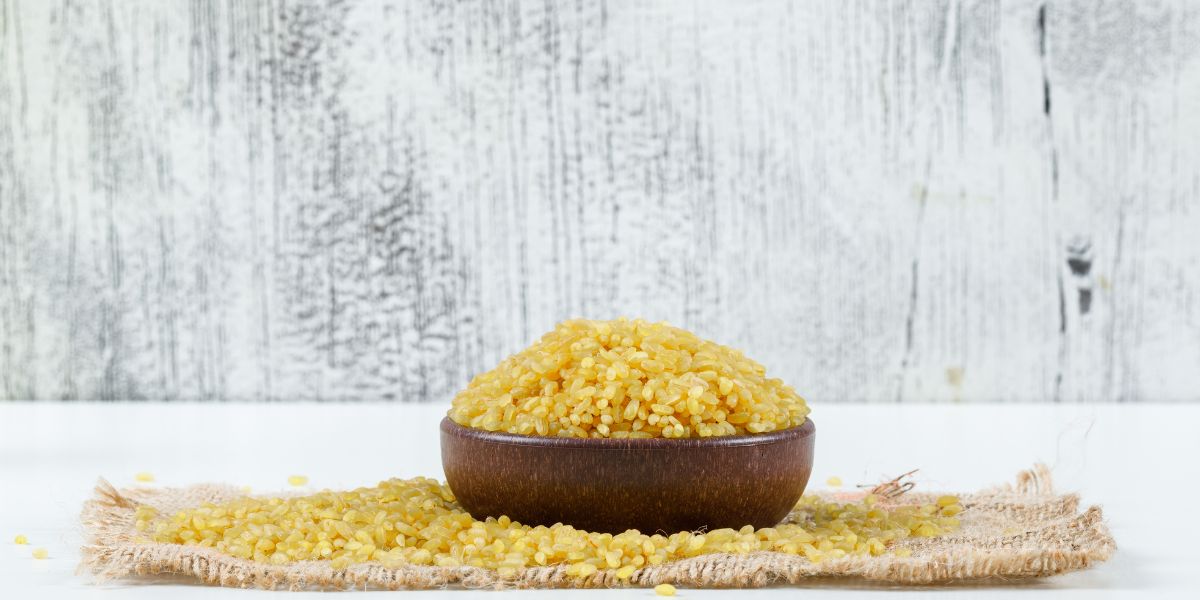
Also known as green gram, moong dal contains 24 grams of protein per 100 grams. Due to its rich protein content and nutrients like dietary fibre, folate, iron, magnesium, potassium, and B vitamins it is perfect for vegetarian and vegan kids.
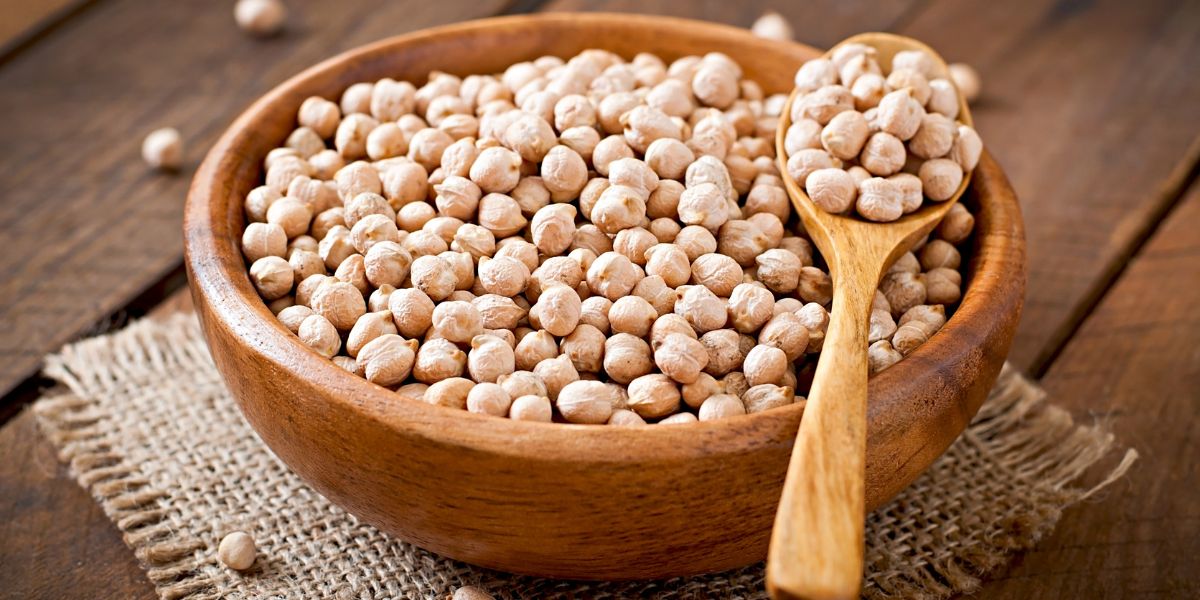
Popularly known in India as Kabuli chana, chickpeas are packed with nutrition. They contain 19 grams of protein per 100 grams. Moreover, they also contain iron, vitamin B6, potassium, calcium and magnesium.
Click here to understand what chickpeas are and how to add chickpeas nutrition in a kid’s diet.
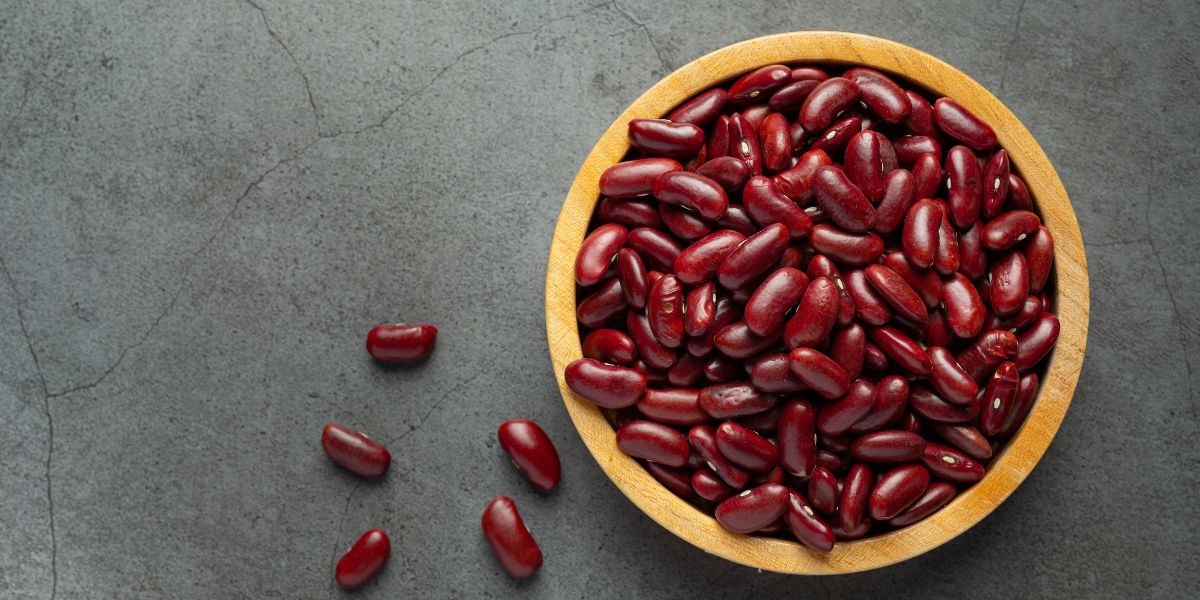
Commonly known as rajma and a staple in the Indian diet, these beans contain 22.9 grams of protein per 100grams. They are also a good source of carbs and fibre. Additionally, these beans also contain iron, folate, copper, manganese, potassium and vitamin K1.
This list of high protein pulses can easily be included in your child’s meals to meet their daily protein intake requirements. Moreover, they are perfect for growing kids due to their protein and rich nutrient content.
Including high protein pulses in India in your diet provides numerous health benefits:
High protein pulses for kids are easily available in Indian households. Parents can therefore, easily add them to their kid’s diet to fulfill their protein intake requirements. Here are some easy ways to incorporate them:
If you are wondering which pulses have high protein, here is a comparison of the protein content per 100g:
Pulse Type |
Protein Content (per 100g) |
| Urad dal | 24g |
| Toor Dal | 8g |
| Chana Dal | 20g |
| Moong Dal | 24g |
| Chickpea | 19g |
| Kidney beans | 22.9g |
Including a variety of these high protein pulses list in your child’s diet creates a balanced and a protein-rich meal plan.
Pulses are an essential part of a healthy and protein rich diet, especially for those who follow a cereal based diet. By incorporating high protein pulses like urad dal, masoor dal, and kidney beans, you can support your child’s daily protein intake. Whether enjoyed in curries, soups, or parathas, these pulses offer numerous health benefits for kids.
To add extra protein support to a kid’s daily diet, parents can introduce Complan. It is a nutritional drink with 34 vital nutrients and 63% more protein.
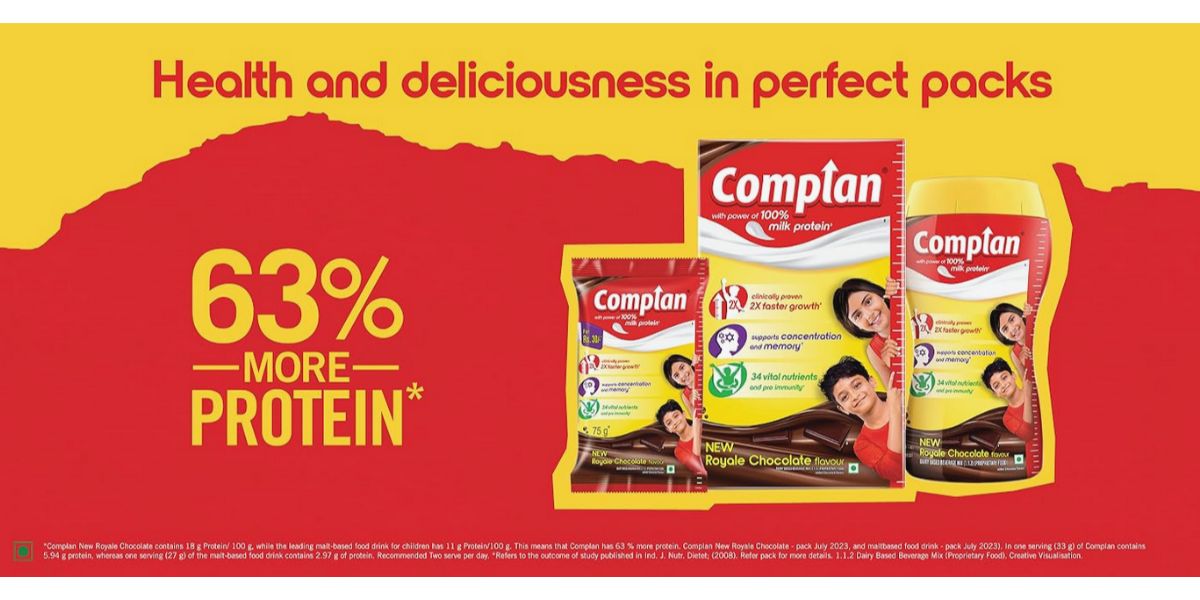 Complan along with a diet with high protein pulses for kids they can benefit from healthy growth.
Complan along with a diet with high protein pulses for kids they can benefit from healthy growth.
Yes, high protein pulses are one of the best sources of plant-based protein for vegetarians. When paired together, they offer essential amino acids and other nutrients needed for a balanced diet.
You can include high protein pulses for kids in meals like dal, soups, savoury pancakes and salads to make them more appealing and nutritious.
Yes, consuming a variety of high protein pulses daily is beneficial for health. However, it is advisable to balance them with other protein sources for optimal nutrition.
0%
You have clicked on a link which leaves Zydus wellness's website, and you will be redirected to a third party website. Zydus Wellness makes no representations nor has any supervision or control over the quality, content, reliability or security of the third party website, nor shall Zydus / its affiliate be responsible / liable for its use.